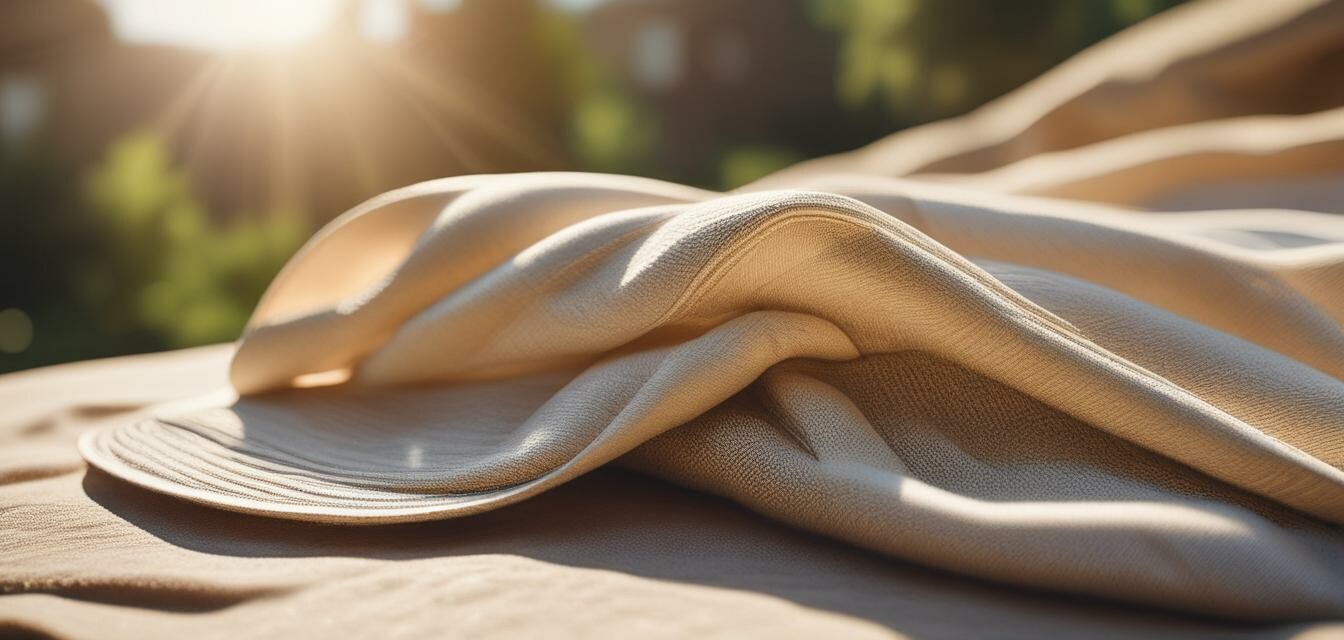
The Ultimate Guide to UV Protective Fabrics
- What is UPF? Understand the Ultraviolet Protection Factor ratings for fabrics.
- Benefits of UV protective clothing: Offers consistent protection without the need for reapplication.
- Fabric types: Different materials provide varying levels of UV protection.
- Choosing the right apparel: Consider the activity and duration under the sun before selecting clothing.
- Popular options: Casual wear, swimwear, and outdoor wear are widely available for sun safety.
As the awareness of skin cancer risks rises, many individuals and families are looking to enhance their sun protection. One effective solution is investing in UV protective clothing. In this guide, we'll explore the different fabrics available, the benefits they offer, and how to choose the best garments for your outdoor wardrobe.
Understanding UPF Ratings
UPF, or Ultraviolet Protection Factor, indicates the level of UV radiation that penetrates a fabric. To simplify:
| UPF Rating | Protection Level |
|---|---|
| 5-10 | Low protection (common in regular clothing) |
| 15-20 | Moderate protection |
| 30-50+ | High protection (ideal for UV protective clothing) |
For maximum protection against harmful rays, look for garments with a UPF rating of 30 or above.
Benefits of UV Protective Clothing
UV protective clothing provides numerous advantages:
- Consistent protection: Unlike sunscreen, UV protective fabrics do not require reapplication.
- Comfortable for outdoor activities: These fabrics often include moisture-wicking and cooling properties.
- Ideal for sensitive skin: Important for those on medications that increase sun sensitivity.
- Cost-effective: Reduces the need for frequent sunscreen purchases.
- Children's safety: Vital protection for younger individuals who are more susceptible to sun damage.
Types of Fabrics Used in UV Protective Clothing
When selecting UV protective clothing, the fabric type plays a crucial role. Here's a breakdown of some popular materials:
- Polyester: Highly effective in blocking UV rays due to its dense weave.
- Nylon: Lightweight and quick-drying; great for active use.
- Lyocell: Eco-friendly option that also offers solid UV protection.
- Bamboo: Naturally UV-resistant and breathable, ideal for hot weather.
Choosing the Right UV Protective Apparel
When choosing UV protective clothing, consider the following factors:
- Activity: Will you be swimming, hiking, or lounging at the beach?
- Duration: How long will you be exposed to the sun?
- Fit: Ensure your clothing allows for movement and comfort.
- Style: Look for designs that suit your personal aesthetic.
- Care instructions: Check how easy it is to clean and maintain the garments.
Popular UV Protective Clothing Categories
Here are some of the main categories of UV protective clothing:
- Casual Wear: Comfortable everyday clothing designed for sun exposure.
- Kids' Apparel: Specially designed for the little ones to keep them safe.
- Outdoor Wear: Sturdy garments tailored for adventure.
- Swimwear: Perfect for enjoying water activities while staying protected.
- Accessories: Hats, sun sleeves, and other items for additional protection.
Conclusion
Investing in UV protective clothing is a smart choice in today’s sun-conscious society. With various fabrics and styles available, there’s something for everyone. Whether you’re engaging in casual activities or rigorous outdoor sports, having the right UV protective apparel can enhance your experience while providing safety against harmful rays. Always consider the UPF ratings, fabric types, and individual needs when selecting your clothing options. For more information on choosing the right apparel, check out our Buying Guides.